The automotive industry has witnessed a significant shift in recent years as electric vehicles (EVs) have gained prominence alongside traditional internal combustion engine (ICE) vehicles. This article aims to explore and highlight the key differences between these two types of vehicles. While both serve the purpose of transportation, they rely on fundamentally distinct technologies and have unique characteristics that impact their performance, environmental impact, and overall driving experience. Understanding these differences is crucial for consumers, policymakers, and industry stakeholders as we transition towards a more sustainable future.
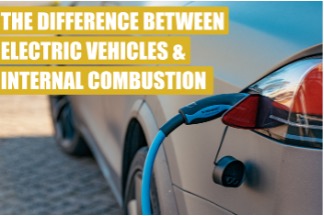
Powertrain and Energy Source
The primary distinction between EVs and ICE vehicles lies in their powertrain systems and energy sources. Electric vehicles are powered by electric motors that rely on electricity stored in batteries. These batteries can be recharged using electrical outlets or dedicated charging stations. According to the International Energy Agency (IEA), the global electric car stock surpassed 10 million in 2020, demonstrating a significant increase in their adoption.
On the other hand, ICE vehicles utilize an internal combustion engine fueled by gasoline, diesel, or alternative fuels such as ethanol or natural gas. The engine combusts fuel within a combustion chamber, generating mechanical energy that propels the vehicle.
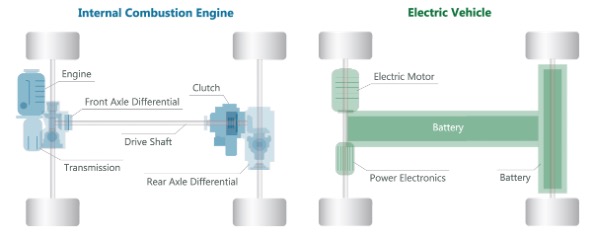
Environmental Impact
One of the most compelling reasons to embrace electric vehicles is their lower environmental impact compared to ICE vehicles. According to the European Environment Agency, EVs emit zero pollutants during operation, leading to improvements in air quality and public health. EVs produce zero tailpipe emissions, significantly reducing air pollution and greenhouse gas emissions. However, it is important to consider the source of electricity generation. If electricity is predominantly derived from fossil fuels, the overall emissions reduction benefit may be diminished. Nonetheless, EVs can still be more efficient and cleaner in terms of emissions compared to ICE vehicles.
ICE vehicles, on the other hand, emit various pollutants, including carbon dioxide (CO2), nitrogen oxides (NOx), and particulate matter (PM). These emissions contribute to air pollution, global warming, and adverse health effects. Efforts have been made to improve the efficiency and reduce emissions of ICE vehicles through technological advancements and the use of cleaner fuels. However, the fundamental combustion process makes it challenging to match the zero-emission capability of electric vehicles.

Performance and Driving Experience
Electric vehicles offer unique performance advantages over ICE vehicles. The instant circulatory force provided by electric motors enables swift acceleration, making EVs highly responsive and enjoyable to drive. For example, the Tesla Model S Plaid, a high-performance electric sedan, can accelerate from 0 to 60 mph in under 2 seconds, surpassing many sports cars. This characteristic contributes to a thrilling and responsive driving experience. Additionally, EVs often have a lower center of gravity due to the placement of heavy batteries, resulting in better handling and stability. The regenerative braking system in EVs also allows for energy recapture during deceleration, enhancing overall efficiency.
Internal combustion engines, on the other hand, have traditionally provided a higher range and quicker refueling times. ICE vehicles offer a familiar driving experience, with the sound and feel of an engine that some enthusiasts appreciate. However, advancements in electric vehicle technology, coupled with the expansion of charging infrastructure, have significantly improved the range, and charging speed of EVs, reducing one of the key advantages of ICE vehicles. For instance, the latest iterations of popular electric models, such as the Chevrolet Bolt EV and the Hyundai Kona Electric, boast ranges exceeding 250 miles on a single charge.
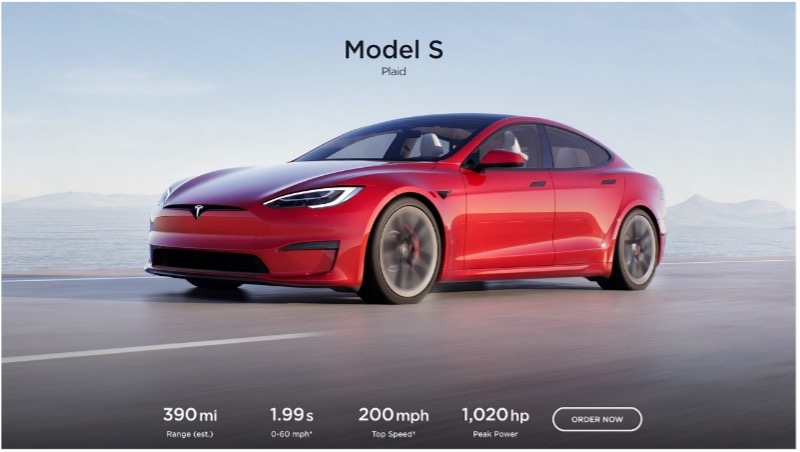
Maintenance and Operating Costs
Electric vehicles generally have lower operating and maintenance costs compared to ICE vehicles. EVs have fewer moving parts, eliminating the need for oil changes, transmission repairs, and other maintenance tasks associated with traditional engines. According to a study by Consumer Reports, EV owners spend approximately 50% less on maintenance and repair costs over the first eight years of ownership compared to ICE vehicles. Additionally, regenerative braking systems in EVs reduce wear on brake pads, resulting in longer-lasting brake components. Although the initial purchase cost of an EV can be higher, long-term savings on fuel and maintenance costs can offset this difference.
In contrast, ICE vehicles require regular maintenance, including oil changes, filter replacements, and periodic tune-ups. The cost of fuel, especially as gasoline prices fluctuate, can also significantly impact the overall operating expenses of ICE vehicles. The cost of electricity for charging an EV is typically lower than the cost of gasoline or diesel fuel. The U.S. Department of Energy estimates that the average cost of electricity for EVs is equivalent to gasoline priced at $1 per gallon. This disparity in fuel costs can lead to significant savings over the lifetime of the vehicle, particularly as gasoline prices fluctuate.
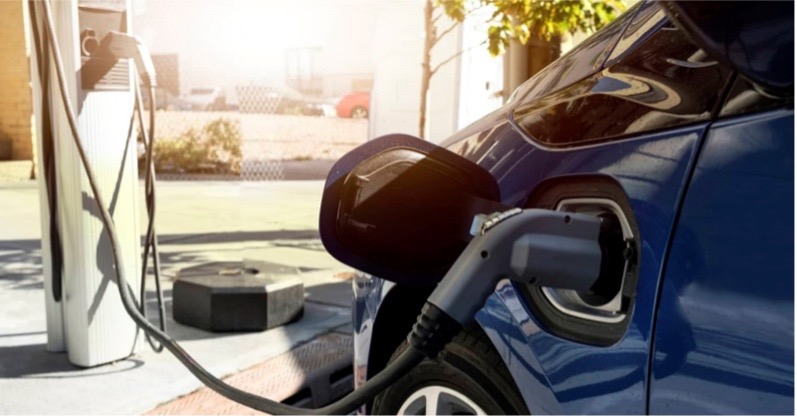
Fueling and Charging Infrastructure
Another key difference between EVs and ICEVs is the refueling or recharging process. ICEVs can be quickly refueled at gas stations, which are widespread and easily accessible. In contrast, EVs require charging stations equipped with electric power outlets or dedicated charging points. Although the charging infrastructure for EVs is expanding, it is not as ubiquitous as traditional gas stations. However, the convenience of charging an EV at home overnight can offset the need for frequent public charging. Furthermore, fast-charging stations are being deployed, reducing the time required for EV recharging.
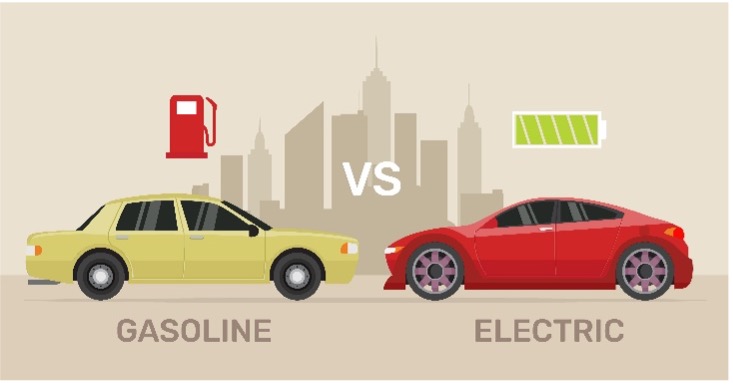
Electric vehicles and internal combustion engine vehicles have distinct characteristics that differentiate them in terms of powertrain, environmental impact, performance, and cost. While electric vehicles offer zero tailpipe emissions, superior acceleration, and lower operating costs, ICE vehicles currently provide longer-range and quicker refueling options. As technology evolves and infrastructure improves, electric vehicles are expected to become even more appealing. The transition to electric mobility is crucial for reducing greenhouse gas emissions, combating climate change, and promoting sustainable transportation for a greener future.
Written by – Anshika Gupta
Edited by – Rajan Patel
